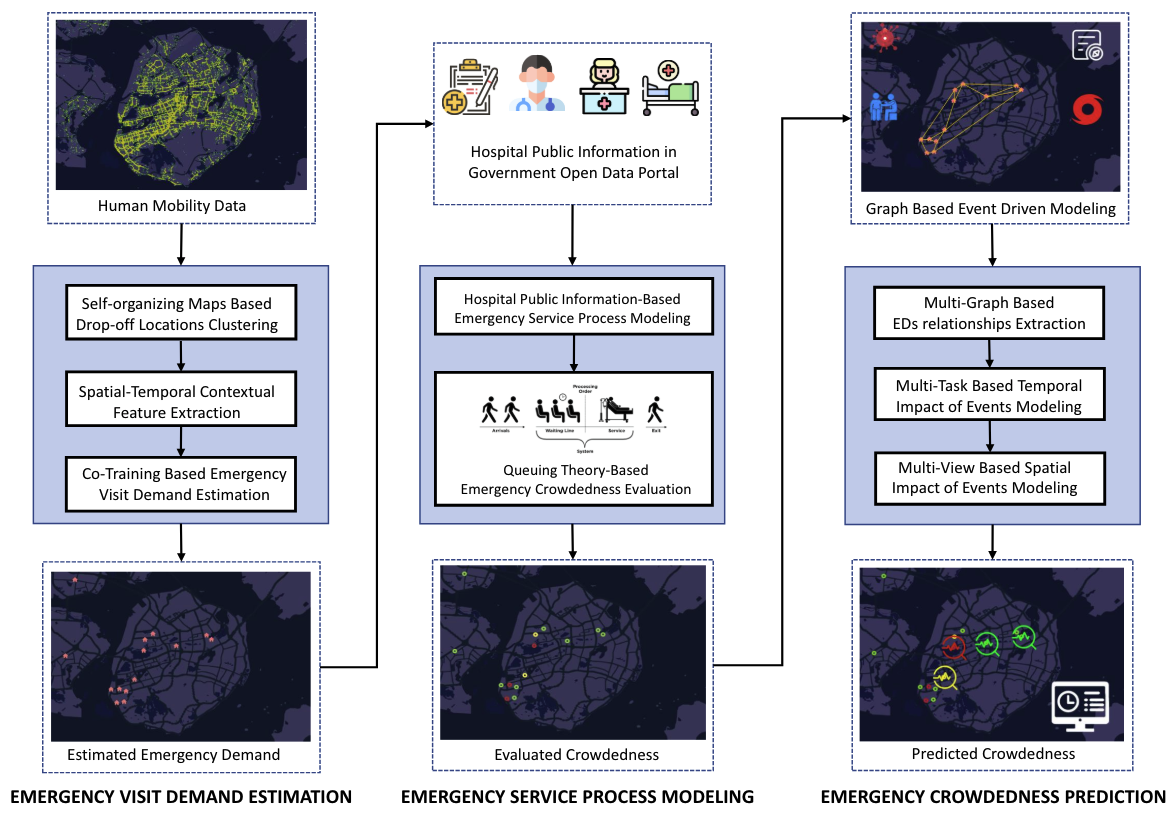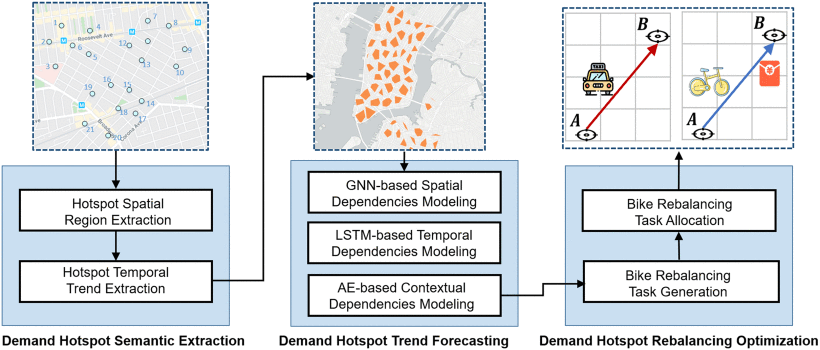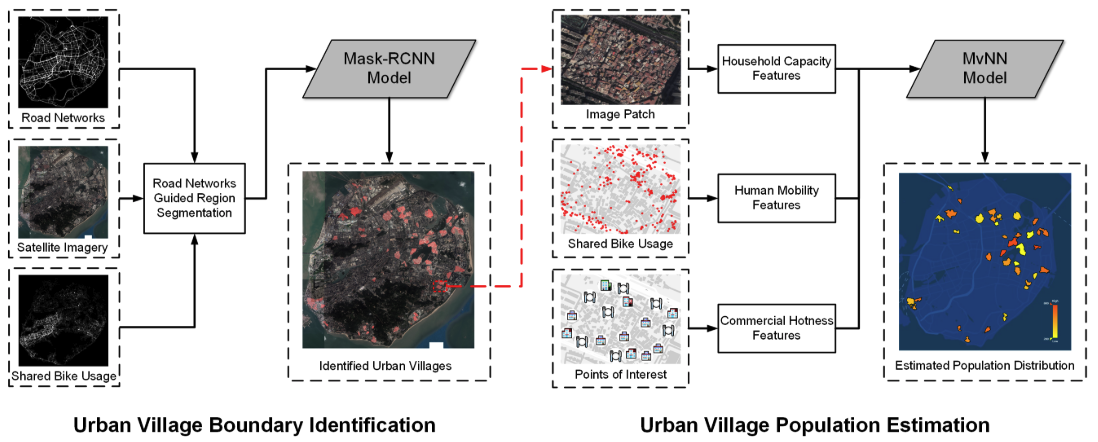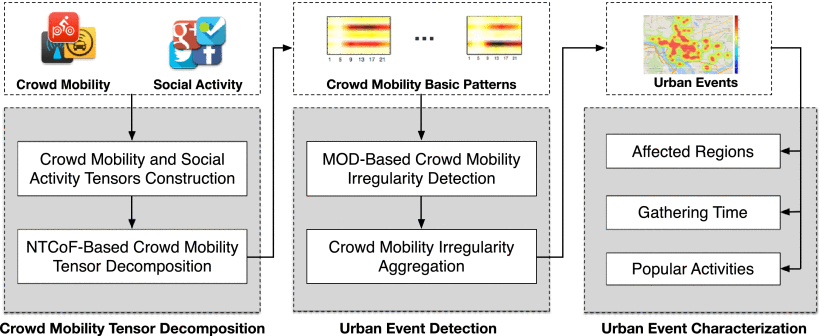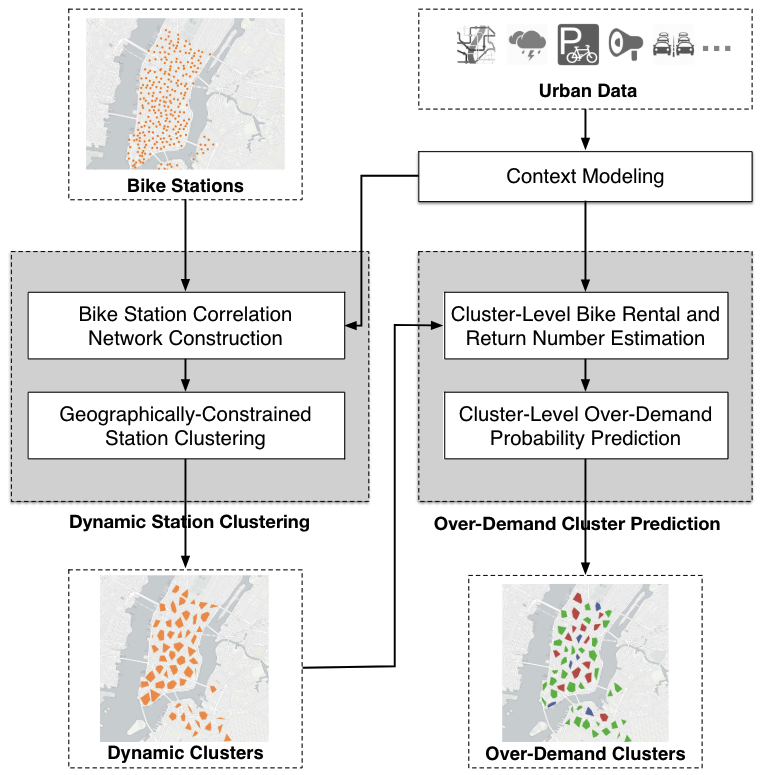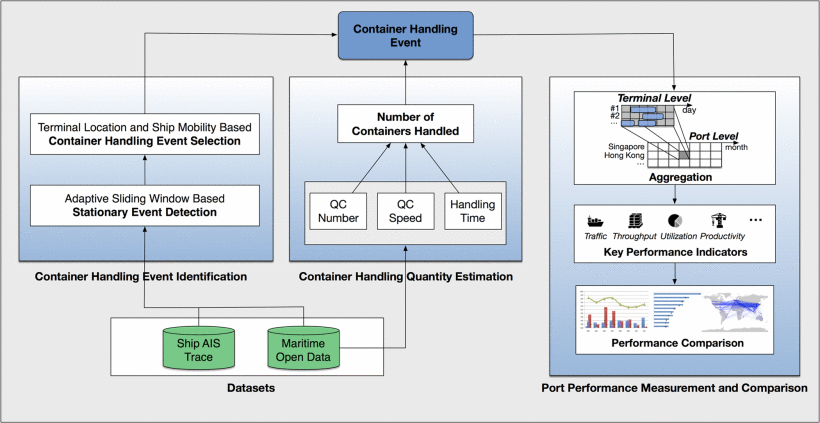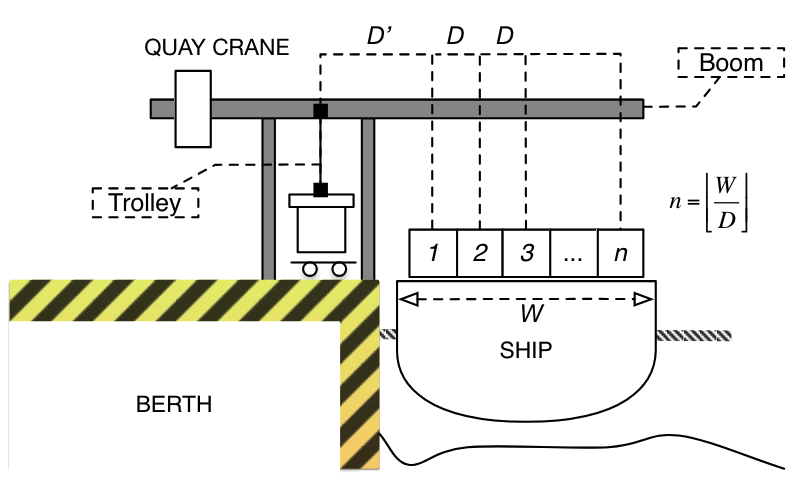南强青年拔尖人才、副教授,博士生导师
longbiaoch@xmu.edu.cn
陈龙彪是厦门大学南强青年拔尖人才计划研究员、信息学院副教授,福建省高层次引进人才、厦门市高层次留学人才。2016年师从潘纲教授获得浙江大学博士学位,2018年师从张大庆教授获得法国索邦大学(原巴黎第六大学)博士学位,回国前曾任法国国立电信研究院助理研究员。主要研究方向为群智感知、普适计算、城市计算。连续两次以第一作者获得CCF-A类会议UbiComp最佳论文提名奖(国内高校首次),荣获2022年度ACM SIGSPATIAL中国分会新星奖(本年度全国唯一)。累计发表论文50篇,其中CCF-A类论文9篇(一作及通讯),CCF-B类和中科院二区论文14篇(一作及通讯),3篇论文他引大于100次;授权发明专利5项,主持国家自然科学基金面上项目、青年项目、国防基础科研项目、国家高分遥感项目等6项。担任ACM中国SIGSPATIAL分会执行委员、CCF普适计算专委会执行委员、CCF YOCSEF厦门分论坛主席、CCF高级会员、金砖国家青年科学家论坛成员。担任ACM UbiComp 2021社会活动主席,以及多届CCF和谐人机环境会议(HHME)技术论坛联合主席;担任AAAI, IJCAI等国际会议程序委员会委员,以及FSC, Vehicles等国际期刊编委。主持教育部“智能基座”产教融合协同育人基地项目1项,指导学生获得第八届中国国际“互联网+”大学生创新创业大赛福建省赛区金奖、第二届CrowdOS移动群智感知平台开源创新大赛一等奖。
主持的科研项目
国家自然科学基金面上项目,基于深度强化学习的群智数据标注方法研究,2022-2025
国家自然科学基金青年项目,基于群智感知的城市出行需求匹配与共享交通调度优化研究,2019-2021
国防基础科研项目,DRFM干扰动态行为学习与建模,2019-2021
国家高分遥感项目,某XX系统-图像XX软件,2020-2021
福建省自然科学基金面上项目,城市共享交通资源优化调度关键技术研究,2018-2021
厦门市产学研协同创新项目,2020-2021
获奖荣誉
2022年度ACM SIGSPATIAL中国分会新星奖(本年度全国唯一)
ACM UbiComp 2015, 2016 两次最佳论文提名奖(一作,国内高校首次)
华为云计算先锋教师
2018年度福建省科技进步奖一等奖:城市交通多源感知与智能计算的研究和推广(排序第9)
厦门大学信息学院本科生创新创业导师
学术任职
金砖国家青年科学家论坛成员、人工智能分论坛主持人(2022)
中国计算机学会青年计算机科技论坛(CCF YOCSEF)厦门主席(2021)、副主席(2020)、学术秘书(2019)
中国计算机学会普适计算专委会执行委员、ACM SIGSPATIAL 中国分会执行委员会委员
厦门市欧美同学会理事(2020-至今)
社会活动主席:2021年ACM UbiComp Social Activity Chair(CCF-A类会议)
论坛主席:2019年第三届CCF智能感知与城市计算前沿论坛(参会规模200余人)
论坛主席:2017年起连续五年成功举办CCF和谐人机环境联合会议技术讲座(HHME Tutorials)(累计参会近1000人)
国际期刊编委:Frontiers in Sustainable Cities (FSC), Journal of Intelligent Learning Systems and Applications (JILSA), MDPI Vehicles
国际会议程序委员会委员:AAAI 2020, IJCAI 2020等





